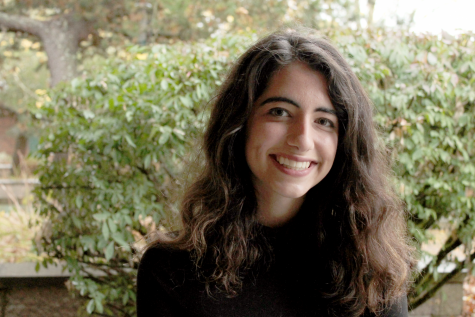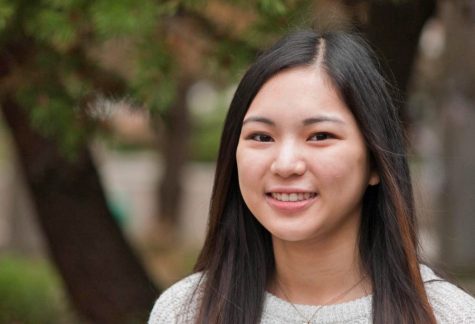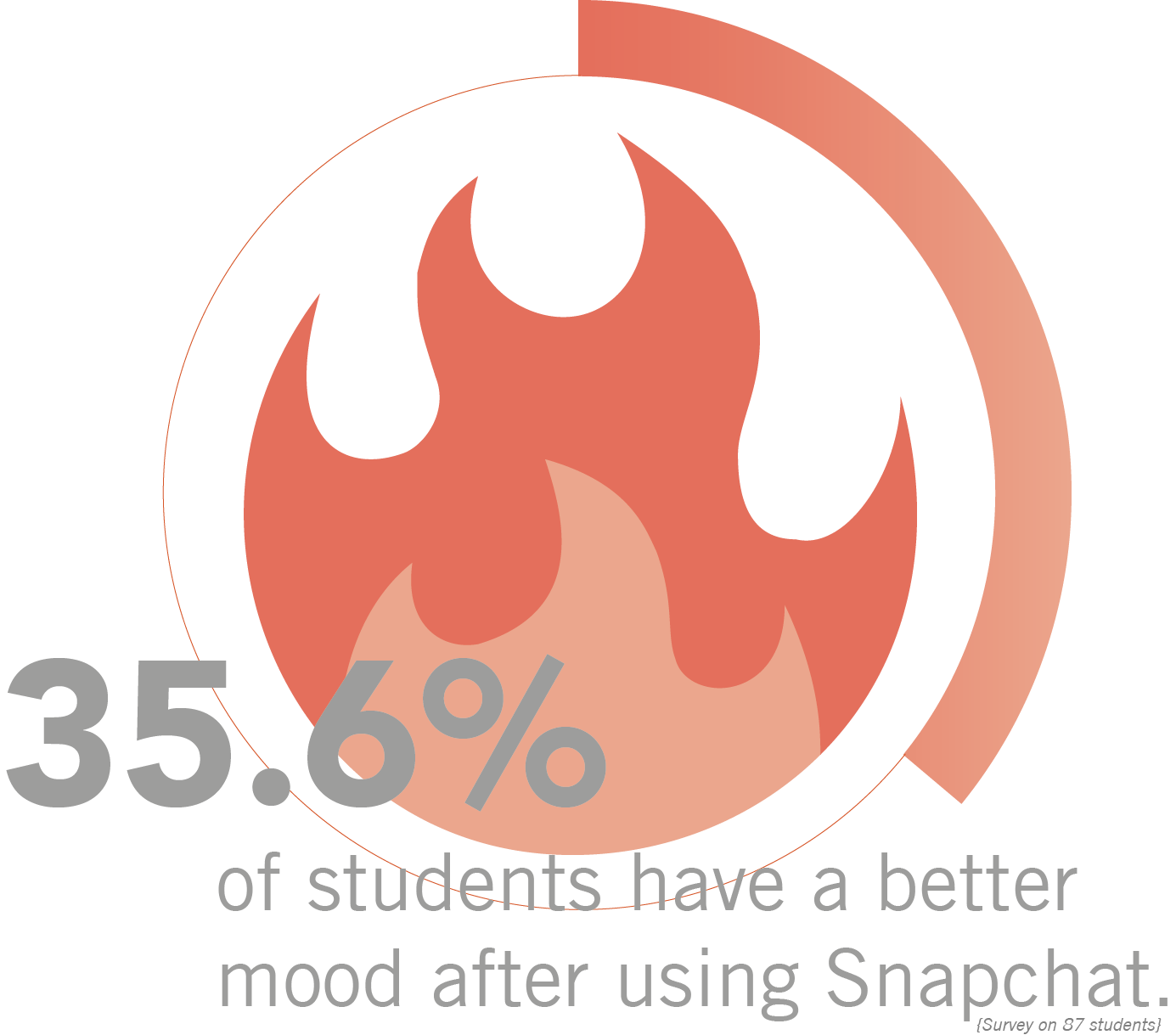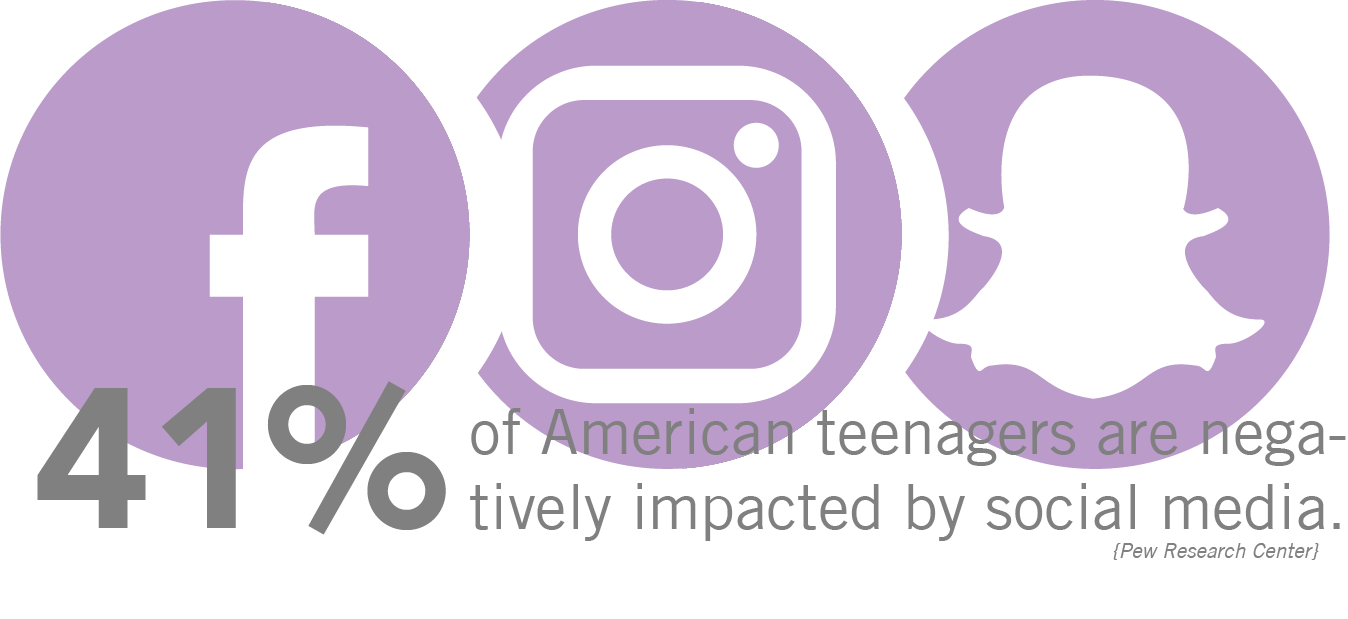J
 unior Hannah Wiggins maintains an unconventional Instagram presence. Her posts include anything from cutouts of her own face set against mountain landscapes to close-ups of a chicken with bright pink feathers.
unior Hannah Wiggins maintains an unconventional Instagram presence. Her posts include anything from cutouts of her own face set against mountain landscapes to close-ups of a chicken with bright pink feathers.
“I take a ton of pictures all the time,” Wiggins said. “It’s just things I made, ideas that go through my head.”
However, Wiggins isn’t totally comfortable with the platform–and according to a poll of 87 Inglemoor students, neither do many of her peers. 16 percent of Inglemoor students surveyed typically feel worse than usual after using Instagram. Wiggins said that she understands why this is the case.
“It’s kind of limiting,” Wiggins said. “You don’t want to let yourself out.”
According to Wiggins, this limitation comes from the feeling of being in front of a crowd.
“It’s going out to a lot of people that you know,” Wiggins said. “You have to filter it.”
Senior Sasha Nikitinska says that she disagrees. To her, the limitations of Instagram aren’t due to follower count, or how many people will see a particular photo.
“I feel that Instagram is just a medium where people are really fake,” she said. “And people are going to be fake no matter what. A hundred followers, 20 million followers, they all act the same.”
Nikitinska said that she had an Instagram in middle school, but she deleted it when she entered ninth grade because of this artificiality.
“Instagram makes people feel bad, because everyone else’s life seems so much better than their life,” she said. “Everyone creates a persona.”
Wiggins agreed with this, especially in regards to body image.
“It’s literally constant validation,” she said.
Depending on what posts an Instagram user is viewing, Wiggins said that that need to feel validated by others can become intimidating.
“You see so many people, and you’re like ‘Oh, that’s really pretty. But I don’t look like that,’” Wiggins said.
However, Wiggins says that she has done what she can to move beyond the negative side of social media. She said that she used to spend time curating her photos and worrying over what others would think, but she wants to change her social media habits.
“I want to put what I like on there,” Wiggins said.
Ariane Apigo




 unior Hannah Wiggins maintains an unconventional Instagram presence. Her posts include anything from cutouts of her own face set against mountain landscapes to close-ups of a chicken with bright pink feathers.
unior Hannah Wiggins maintains an unconventional Instagram presence. Her posts include anything from cutouts of her own face set against mountain landscapes to close-ups of a chicken with bright pink feathers.
